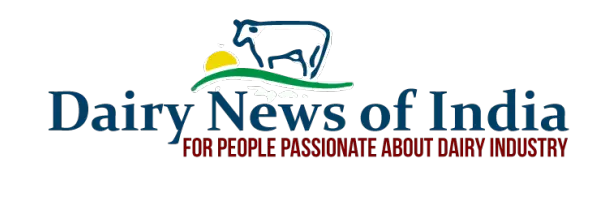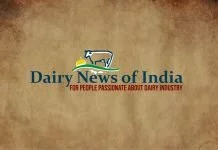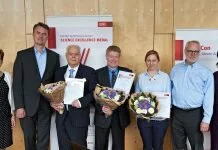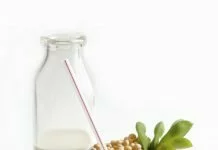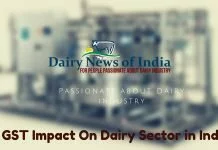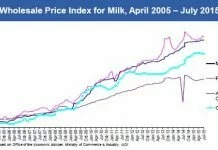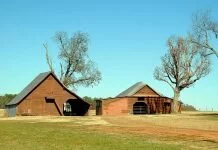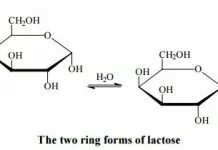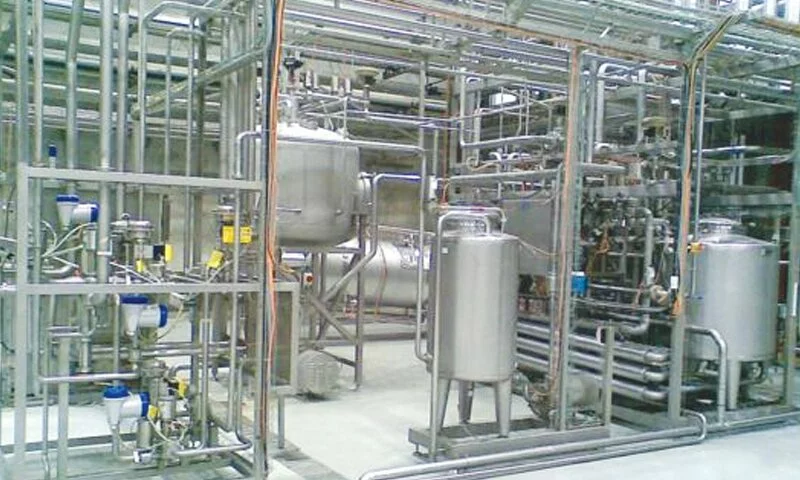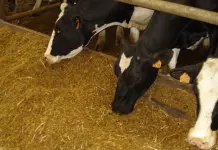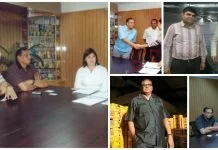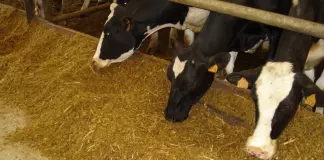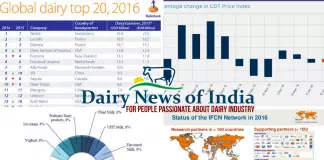Operation Flood
One of the world’s largest rural development programmes Launched in 1970, Operation Flood has helped dairy farmers direct their own development, placing control of the resources they create in their own hands. A National Milk Grid links milk producers throughout India with consumers in over 700 towns and cities, reducing seasonal and regional price variations while ensuring that the producer gets fair market prices in a transparent manner on a regular basis.
The bedrock of Operation Flood has been village milk producers’ cooperatives, which procure milk and provide inputs and services, making modern management and technology available to members. Operation Flood’s objectives included :
- Increase milk production (“a flood of milk”)
- Augment rural incomes
- Reasonable prices for consumers
Programme Implementation
Operation Flood was implemented in three phases.
Phase I
Phase I (1970-1980) was financed by the sale of skimmed milk powder and butter oil gifted by the European Union then EEC through the World Food Programme. NDDB planned the programme and negotiated the details of EEC assistance.
During its first phase, Operation Flood linked 18 of India’s premier milksheds with consumers in India’s four major metropolitan cities: Delhi, Mumbai, Kolkata and Chennai.
Phase II
Operation Flood’s Phase II (1981-85) increased the milksheds from 18 to 136; 290 urban markets expanded the outlets for milk. By the end of 1985, a self-sustaining system of 43,000 village cooperatives covering 4.25 million milk producers had become a reality. Domestic milk powder production increased from 22,000 tons in the pre-project year to 140,000 tons by 1989, all of the increase coming from dairies set up under Operation Flood. In this way EEC gifts and World Bank loan helped to promote self-reliance. Direct marketing of milk by producers’ cooperatives increased by several million litres a day.
Phase III
Phase III (1985-1996) enabled dairy cooperatives to expand and strengthen the infrastructure required to procure and market increasing volumes of milk. Veterinary first-aid health care services, feed and artificial insemination services for cooperative members were extended, along with intensified member education.
Operation Flood’s Phase III consolidated India’s dairy cooperative movement, adding 30,000 new dairy cooperatives to the 42,000 existing societies organised during Phase II. Milksheds peaked to 173 in 1988-89 with the numbers of women members and Women’s Dairy Cooperative Societies increasing significantly.
Phase III gave increased emphasis to research and development in animal health and animal nutrition. Innovations like vaccine for Theileriosis , bypass protein feed and urea-molasses mineral blocks, all contributed to the enhanced productivity of milch animals.
From the outset, Operation Flood was conceived and implemented as much more than a dairy programme. Rather, dairying was seen as an instrument of development, generating employment and regular incomes for millions of rural people. “Operation Flood can be viewed as a twenty year experiment confirming the Rural Development Vision” ( World Bank Report 1997c.)
Comments
comments
